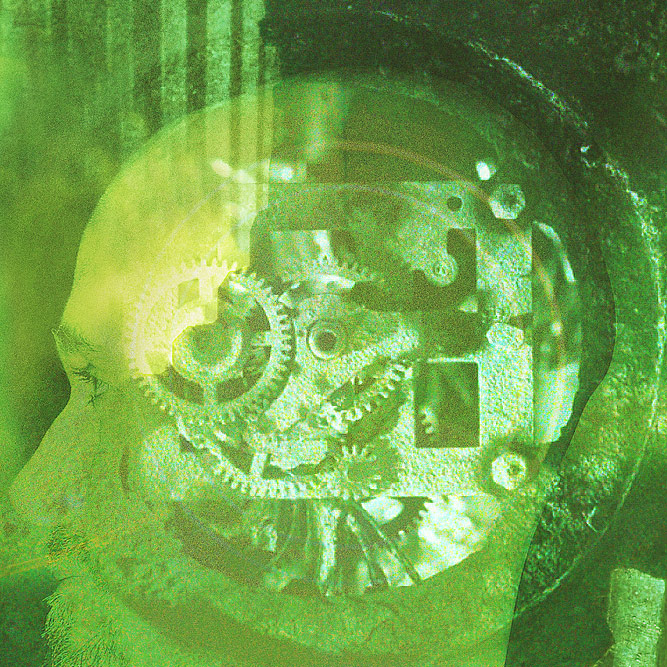
MONDAY, Dec. 27 (HealthDay News) — The size of your amygdala, an almond-shaped portion of the brain involved in emotions, may be as strong a marker for having rich and varied social relationships as how many “friends” you have on Facebook, researchers say.
Scientists report in the Dec. 26 online edition of Nature Neuroscience that people with larger and more complex social networks also have larger amygdalas.
The findings correspond to previous research that found that primates also have a larger amygdala, relative to the overall size of their brain and body. Like humans, primates live in fairly complex social groups, suggesting that a larger amygdala has evolved to help navigate these landscapes.
The amygdala has also been shown to be involved with fear, emotion and even seizures, said Paul Sanberg, director of the University of South Florida Center of Excellence for Aging and Brain Repair in Tampa. Sanberg was not involved with the new study.
“It’s part of the ‘old’ section of the brain,” he explained, meaning the amygdala is common to many different species.
Earlier this month, researchers studying a woman without an amygdala found she did not fear a wide range of typically frightening stimuli such as snakes, spiders, horror films and a haunted house. Nor did she respond negatively when asked about traumatic experiences in her past.
That study was perhaps the first human study confirming that the brain structure is crucial for triggering fear, said the researchers, from the University of Iowa, who published their report in the Dec. 16 edition of Current Biology.
For this latest study, scientists at Harvard Medical School and Massachusetts General Hospital had 58 healthy adults aged 19 to 83 years answer questions about the number of people they maintained regular contact with and about the number of social groups they belonged to — considered an indication of the complexity of each person’s social network.
The volume of the amygdala was measured via MRI.
As it turned out, the more extensive and more complex a person’s social network was, the larger the amygdala. This was true regardless of the age or gender of the participant.
On the other hand, there was no link between number of social contacts and the size of other parts of the brain.
But there was some relationship between areas of the brain connected to how the amygdala communicates with other parts of the brain.
“This is important to know so we can help define the role of the amygdala and look at those individuals who may have social problems,” Sanberg said. “If we understand how the amygdala is involved in social behavior, we can look for possible ways to help those people.”
These findings may have evolutionary significance, the researchers noted. A larger amygdala helps people deal with more complex social relationships and their place in them. Living in these more complicated — albeit sometimes fraught with challenges — networks might give humans an adaptive edge over other species, they added.
More information
Find out more about the amygdala and other parts of the brain at the Whole Brain Atlas.

